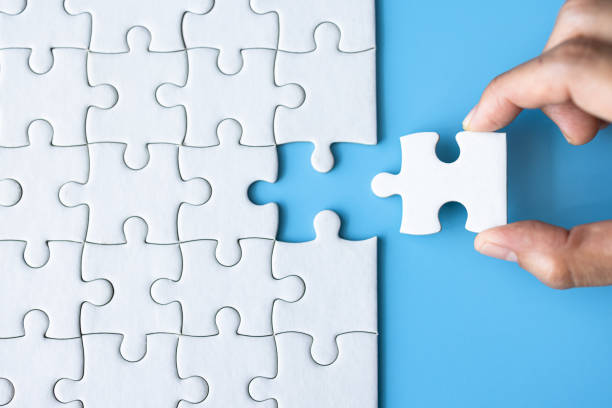“The Neuroscience of Puzzle Play”

Our brains are wired to seek patterns and resolve uncertainty. When we solve puzzles, we engage multiple cognitive functions simultaneously—attention, memory, spatial reasoning, and logical thinking. Neuroscience confirms that this kind of mental effort activates the prefrontal cortex, the part of the brain responsible for decision-making, problem-solving, and forward planning.
Neuroplasticity in Action
- Each time we struggle through a tricky logic puzzle, we're not just passing time—we’re reshaping our neural pathways. This process, called neuroplasticity, allows the brain to form new connections, improving both adaptability and resilience. Regular engagement with puzzles has even been shown to help maintain cognitive sharpness well into older age.
Every “aha!” moment we experience while playing is accompanied by a dopamine release—the brain’s natural reward chemical. This doesn’t just feel good; it reinforces learning. The pleasure associated with solving a game encourages us to seek out more challenges, creating a virtuous cycle of motivation and cognitive growth. Unlike passive screen time (such as scrolling social media or watching TV), puzzle play demands interaction, hypothesis testing, and memory recall. This active engagement lights up more brain regions, keeping us alert and improving our ability to focus for longer periods. In fact, some cognitive therapists even prescribe puzzles as part of treatment for attention disorders.
Engaging with puzzles often leads to a state of “flow,” a meditative zone where external worries fade and the mind becomes fully immersed in the task. This can lower cortisol levels (a stress hormone) and promote emotional balance. In an overstimulated world, puzzle games offer a rare kind of mindful engagement. The science is clear—puzzle play isn’t just fun, it’s beneficial. Whether it’s enhancing short-term memory, increasing mental flexibility, or supporting emotional well-being, logical games are a simple, enjoyable way to keep the brain fit. So next time you reach for a puzzle, know you’re doing more than playing—you’re evolving.
Join→